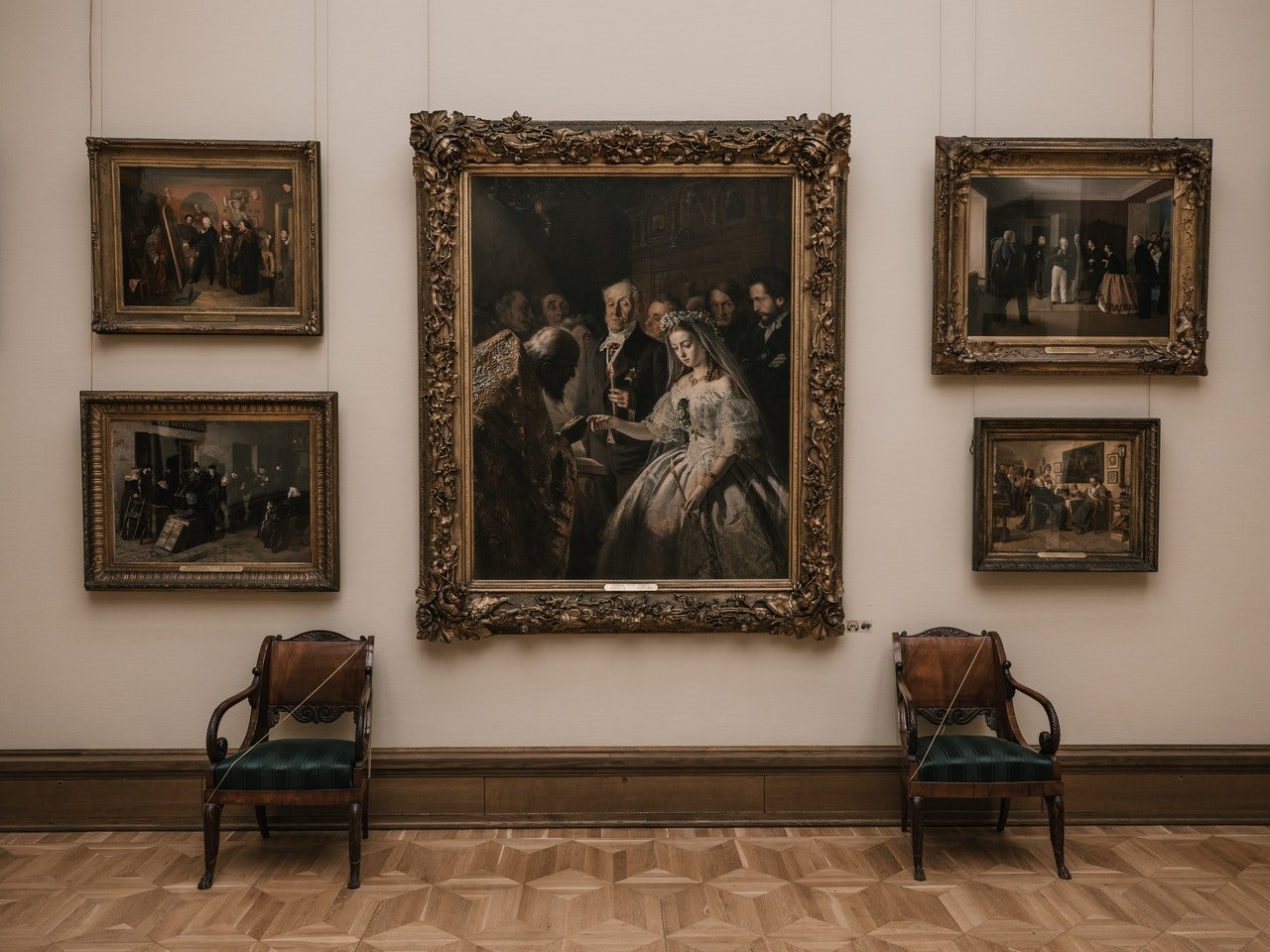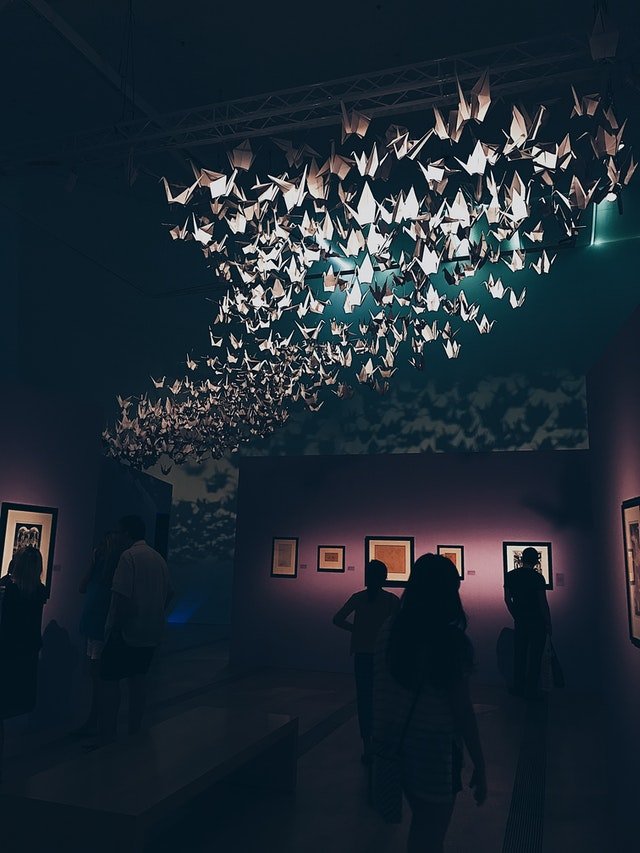In the late 1920s, three progressive and influential patrons of the arts, Lillie P. Bliss, Mary Quinn Sullivan, and Abby Aldrich Rockefeller, perceived a need to challenge the conservative policies of traditional museums and to establish an institution devoted exclusively to modern art. They, along with additional original trustees A. Conger Goodyear, Paul Sachs, Frank Crowninshield, and Josephine Boardman Crane, created The Museum of Modern Art in 1929. Its founding director, Alfred H. Barr, Jr., intended the Museum to be dedicated to helping people understand and enjoy the visual arts of our time, and that it might provide New York with “the greatest museum of modern art in the world.”
ECOSYSTEM
The Museum of Modern Art History
Nature, in the common sense, refers to essences unchanged by man; space, the air, the river, the leaf. Art is applied to the mixture of his will with the same things, as in a house, a canal, a statue, a picture. But his operations taken together are so insignificant, a little chipping, baking, patching, and washing, that in an impression so grand as that of the world on the human mind, they do not vary the result.



Undoubtedly we have no questions to ask which are unanswerable. We must trust the perfection of the creation so far, as to believe that whatever curiosity the order of things has awakened in our minds, the order of things can satisfy. Every man’s condition is a solution in hieroglyphic to those inquiries he would put.




